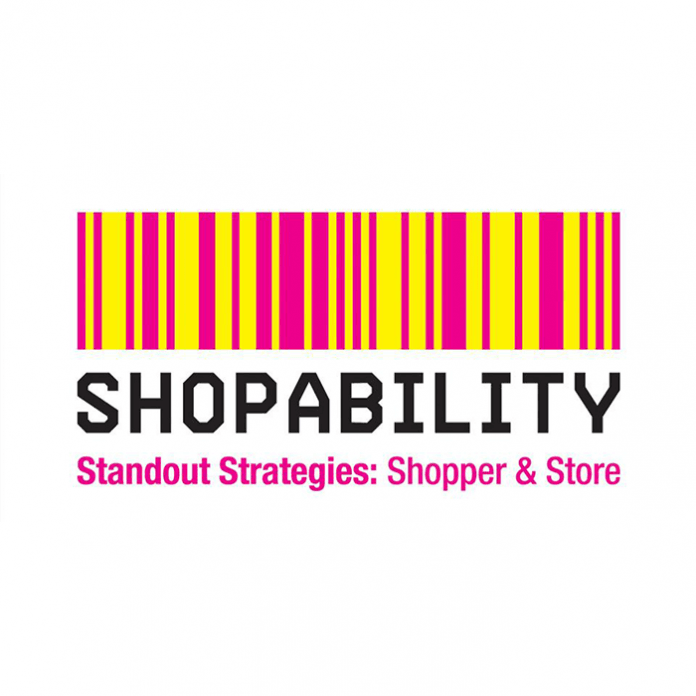The post-pandemic retail environment almost certainly will support fewer retailers. Adjusting to reshaped shopper behaviour looks key to survival.
By ShopAbility Director Peter Huskins.

The past few weeks of lockdown have stretched relationships. I’m not talking about personal relationships, although these may also have been stretched in more than a few households.
The relationships I mean are those that retailers have with landlords, those they have with suppliers and those they have with their shoppers.
Indisputably, this pandemic will have profound and lasting effects on all the above. History does repeat, but direct comparisons to SARS or the Spanish flu are both hasty and ill-advised considering social, economic, cultural, medical and technological advances over the ensuing periods.
Also, it’s increasingly clear that the period between lockdown and a full trading environment will be lengthy and what the final picture will be isn’t just murky, it’s totally unclear – despite what some purists may preach. There are too many moving pieces to the puzzle for anyone accurately and definitively to say what the future will hold, then be totally correct.
The pack mentality in shopping has come to an end. The personal nature and potential effect of COVID-19 have narrowed shopper and consumer focus to ‘me’, which has created some broad trends I believe will be worth watching.
Most people eat about four or five times a day, which doesn’t change too much. What has dramatically changed is where we’re eating, which is at home. Home consumption in the main requires shopping for ingredients, which mostly come from supermarkets. Hence, the spectacular sales increases reported by the majors and Metcash.
The losers are the out-of-home venues we used to frequent, such as pubs, clubs, cafes and restaurants where physical distancing cannot easily and comfortably be achieved. These will be among the last venues to reopen, which provides an unfair advantage to the supermarkets, fresh food retailers and small local independent stores.
The risk is that those foodservice based retailers will never recover, with the pandemic-driven return to home cooking and entertaining doing what every aMasterChef styled TV show could never do: inspiring a new generation of curious and creative home chefs.
The wellness trend in food has been around for a while, but its broadening definition and acceleration are clear, with the trend enduring and even gaining strength during the pandemic. I don’t just want to eat healthily; I want to stay healthy as well and take every precaution that I can to own and be responsible for my health. Reliable and safe brands, preferably sourced locally and/or Australian made, are some or the new norms – although they’re not that new. It’s just that the vocal push is a lot louder and more consistent.
Household, personal and retailer hygiene are at the pinnacle of the new shopper’s requirements regardless of whether the transactions are online or in-store. Those retailers with a shady past or poor operational practice will quickly and ruthlessly lose loyalty and sales with no second chances afforded.
The same applies to supplier brands. No amount of promotional and price discounting will re-establish that trust.
Talking about price, that role could change quite significantly in the short to medium term. Hoarding occurred regardless of price. It was the solution that the brand or product could provide that drove emotional purchase decisions. With an unclear end to social distancing, and the semi-permanent behavioural changes that could then be created, this is an ideal opportunity for retailers to recalibrate shopper expectations regarding price.
We’ve previously discussed promotional pricing and the ‘margin waste’ created through aggressive and unnecessary discounting. Based on recent US data regarding shopper expectations and the reality of price, it appears location, fresh food and a hygienic shopping environment rate higher than price.
The counter argument is that with unemployment forecast to climb above 10 per cent later this year, a whole new population set will be looking to spread their dollars as far as they can. Not eating out will achieve some economies, but other alternatives will also be required to balance the family budget.
Shoppers and retailers will need to adjust to ongoing physical distancing and a slow easing of the current travel restrictions. While staying at home we’ve been looking at options and alternatives to make life a little easier, hence the surge to online shopping. This is a risk for the future of shopping centres as well as those foodservice-based retailers and tenants that congregate in food courts and other dining precincts. Driven by a change in behaviour that could be permanent as shoppers accelerate to e-commerce, online retail has been turbo charged and bricks-and-mortar retail may not be as attractive in a post COVID-19 world.
Much has been said about rents and landlord relationships both before and during the crisis, and much more is yet to occur in this space. Rents will decline as the business models of retailers are under acute duress. Many will not reopen unless some quarter is given in these discussions.
It’s important to remember that, at some point, shoppers will start spending and consuming again and the Australian economy will bounce back to life. Just when and by how much are the key questions. As we come out on the other side of this pandemic, or at least the worst of it, it’s obvious there will be fewer retailers, particularly small retailers and service providers, whether in local shopping strips or the larger neighbourhood or regional shopping centres.
The future is still very murky. Consumer confidence is likely to be volatile for a while, especially as the longer-term impact of COVID-19 becomes clearer to ‘me’.
About Peter Huskins
Peter Huskins is a career retailer, widely known and respected in the Australian FMCG industry. A pioneer in shopper marketing, a passionate retail practitioner, speaker and trainer, he has been working with suppliers and retailers developing business, category, customer and channel strategy and competitive points of difference for more than 20 years. Call Peter on 0412 574793 or email: peter@shop-ability.com.au


